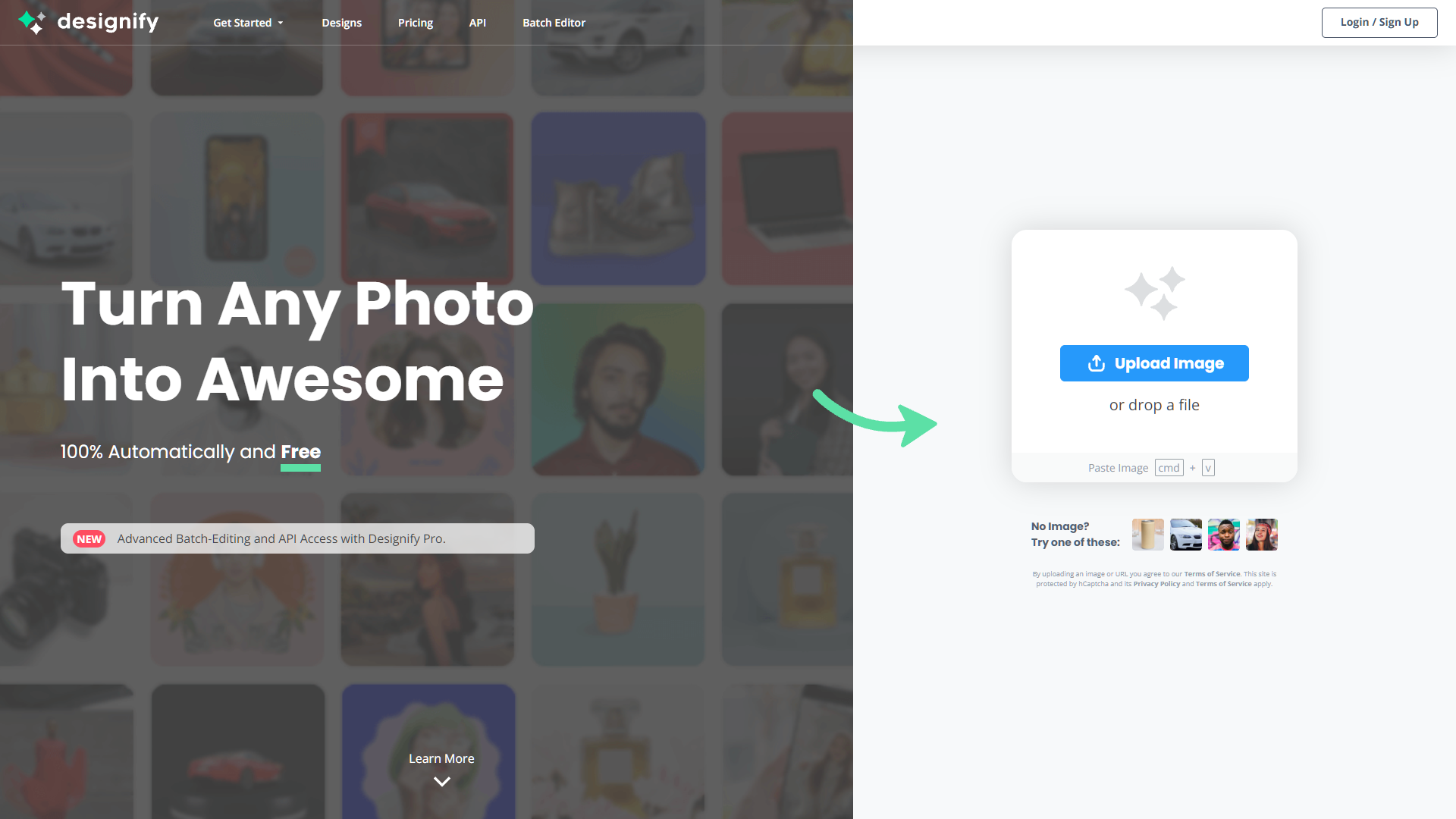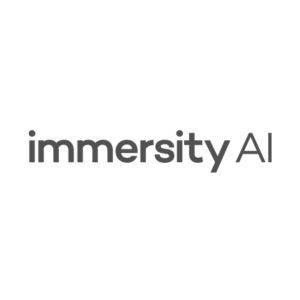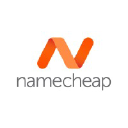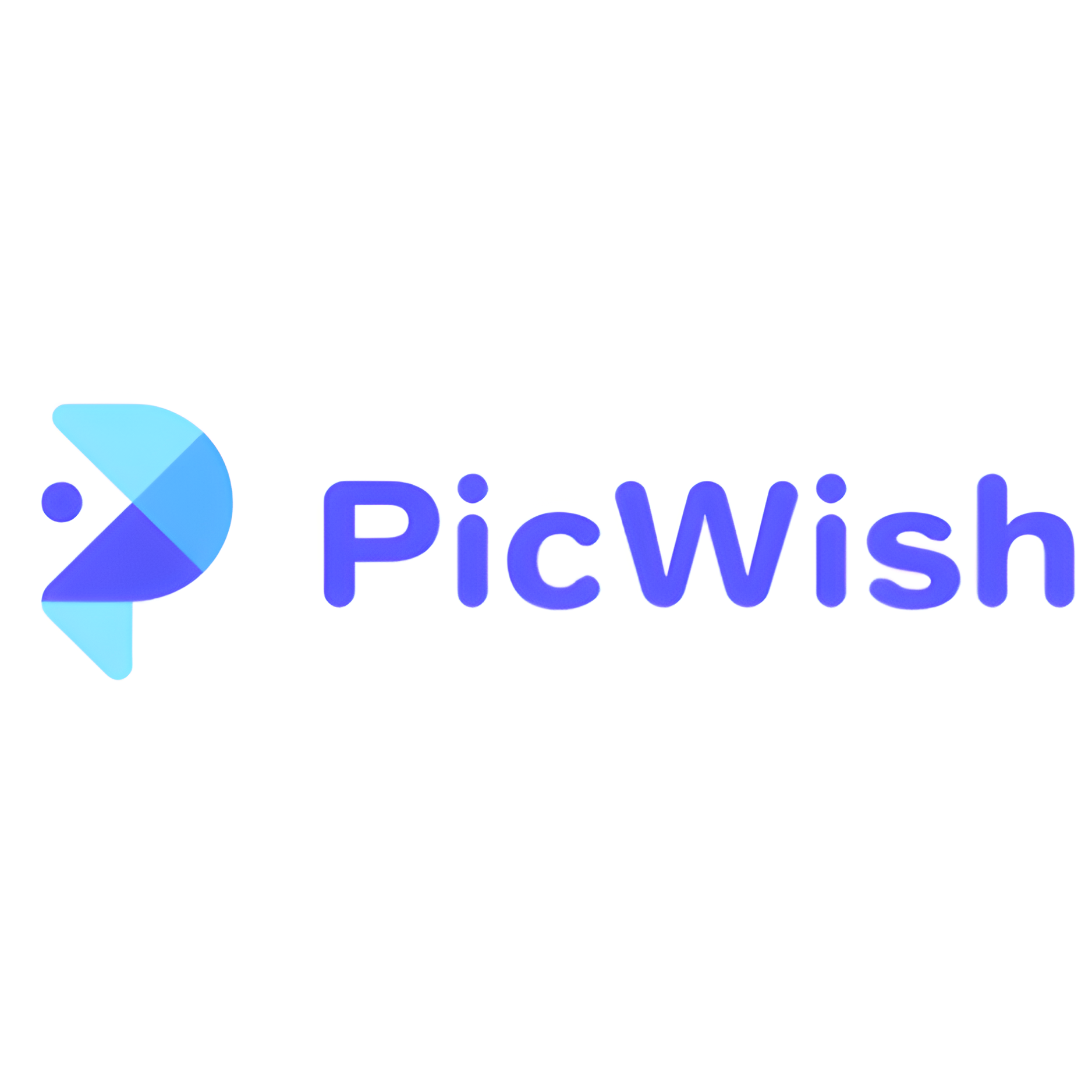Overview
Designify is an innovative AI-powered photo editing platform tailored to enhance image quality with minimal effort. It is particularly beneficial for professionals in e-commerce, marketing, and automotive photography, offering features like automatic background removal, color enhancement, and the addition of realistic shadows. This platform is designed to handle high-volume tasks efficiently through its batch editing capability, which is perfect for users who need to process a large number of images swiftly.
The user interface of Designify is straightforward and intuitive, making it accessible even to those with limited design experience, such as small business owners and content creators. One of the standout features of Designify is its API access, which facilitates easy integration into existing business workflows, thus enabling the automation of repetitive design tasks. This feature is especially useful for businesses looking to streamline their operations and maintain consistency across large volumes of images.
While the free version of Designify offers a range of useful features, access to premium functionalities like high-resolution downloads and expanded API capabilities requires a paid subscription. Although Designify excels in basic editing tasks, some professionals may find its customization options limited. Additionally, a stable internet connection is necessary to utilize the platform effectively. Overall, Designify is a robust tool for anyone looking to quickly elevate their visual content quality.
Key features
- Automatic background removal: Quickly removes the background from images, ideal for product photos and marketing materials.
- Color enhancement: Automatically adjusts colors to make images more vibrant and visually appealing, enhancing overall quality.
- Realistic shadow addition: Adds natural-looking shadows to images, improving depth and realism, perfect for product listings.
- Batch editing capabilities: Allows users to edit multiple images at once, saving time and ensuring consistency across images.
- User-friendly interface: Designed for ease of use, requiring no extensive design skills, making it accessible to novices and professionals alike.
- API for integration: Provides API access for seamless integration into existing business workflows, enabling automation of repetitive tasks.
 Pros
Pros
- Scalable processing: Handles large volumes of images without compromising on speed or quality, ideal for businesses with high throughput needs.
- Customizable presets: Offers a range of customizable presets that can be saved and reused, streamlining the editing process for similar image types.
- Advanced filtering options: Provides advanced filtering tools to refine image details, enhance texture, and correct imperfections, suitable for professional-grade outputs.
- Secure cloud storage: Includes secure cloud storage options, ensuring that edited images are safely stored and easily accessible from any device.
- Multi-platform compatibility: Compatible with various operating systems and devices, allowing users to edit images on the go with the same functionality.
 Cons
Cons
- Limited file format support: Only supports major image formats, which may exclude some users from editing less common or proprietary file types.
- No offline functionality: Requires an internet connection to access and use all features, limiting usability in areas with poor connectivity.
- Dependence on updates: Relies on regular updates for new features and bug fixes, which can disrupt workflow if not managed properly.
- Resource intensive: May require a high-performance computer to handle batch editing and high-resolution images smoothly, affecting users with older hardware.
- Limited customization options: Offers fewer advanced editing tools for users who need highly customized image editing capabilities.

















